LEARN TO SAIL. Rental boats Ibiza.Para who are lovers of boats and the sea.
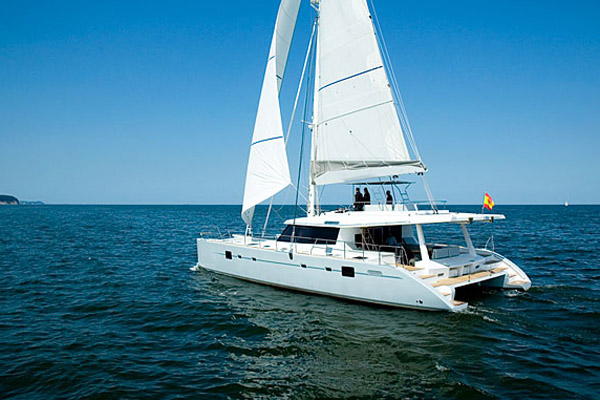
We make this post to encourage them to bring forth permission pattern pleasure craft (PER) a great idea so that you can at any time to rent a boat and enjoy this exciting experience is navigation.
It is a privilege to have absolute independence and not rely on someone so we can see so wonderful at our disposal sites, namely to take control of a boat and have the good fortune to visit places from the sea, which offers views different and special, truly a luxury.
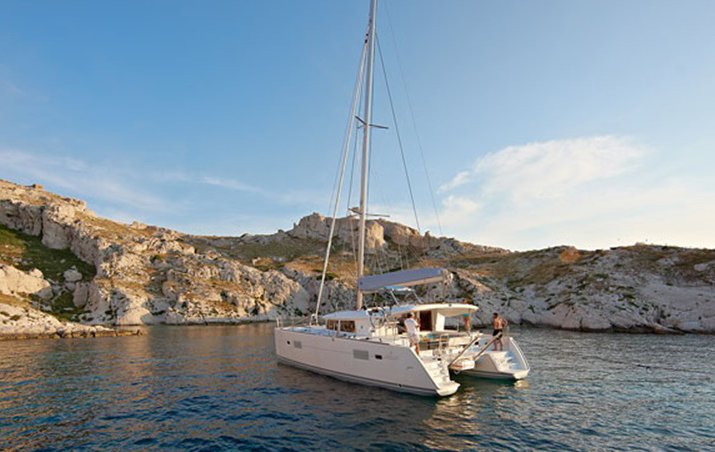
The conditions governing the nautical qualifications of these vessels belong to the Directorate General of Merchant Marine under the Ministry of Public Works of Spain. However, the actions to follow correspond to regions that have assumed the responsibilities in this area.
The course craft pattern is the most demanded by sailing enthusiasts.
REQUIREMENTS FOR OBTAINING
-Have At least 18 years old.
-overcoming A medical examination at approved testing center.
Approving a theoretical examination.
Approving the practical test or to have completed safety practices and navigation of at least 16 hours.
-Make A radio regulatory practices which period shall not be less than two hours, they will be held in classroom, in an approved simulator an approved school.
BASIC SKILLS
Government motor yachts up to 15 meters in length, which enables them to navigate in the area between the coast and a line parallel to it, drawn 12 miles from this.

We can also navigate between islands within the Balearic and Canary archipelago.
Government of jetskis, within specific limits applicable to such navigation, according to its technical characteristics.
ADDITIONAL SKILLS
If navigation practices are made they can govern motor yachts up to 24 meters in length and navigate between the Iberian Peninsula and the Balearic Islands.
If sailing practices are carried out, they can govern pleasure boats sailing up to 15 meters in length, or up to 24 meters if they have also made navigation practices

THEORETICAL REVIEW OF PATRON OF RECREATIONAL CRAFT (PER)
The length of the test will be two hours and thirty minutes. The test will consist of 75 questions and the structure of the exam will be:
Six of naval technology.
Eight of maneuvering engine.
Once security.
Twelve of navigation (four of them on exercises on the chart)
Four meteorology.
Five radio.
Five propulsion.
Fifteen of regulations approaches.
Five beaconing.
Four of legislation.
To successfully complete the examination of this nautical qualifications must correctly answer 70% of questions, you will not be able to make more than two errors in the questions of radio, mechanical propulsion and exercises nautical chart, markings, and no more four in the COLREGs.
BASIC PRINCIPLES OF NAVIGATION
Techniques to move a boat from one side to another are based on geometric and mechanical physical laws.
Knowing our position in a letter is essential, calculating directions and directions, understand the different ways in which time is measured, and the different speeds that are measured on a ship like the SOG or COG.
The nautical chart
The nautical chart is a scale representation of navigable waters and enclosed land regions.
Usually indicates water depths and heights of the terrain, nature of the fund, details of the coast including ports, navigation hazards, location of lights and other aids during our travels by sea.
The letters are an essential tool in cruises, recently there are computer systems that allow the storage and processing of nautical charts with computers.
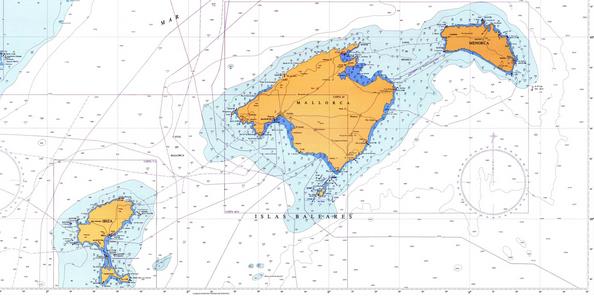
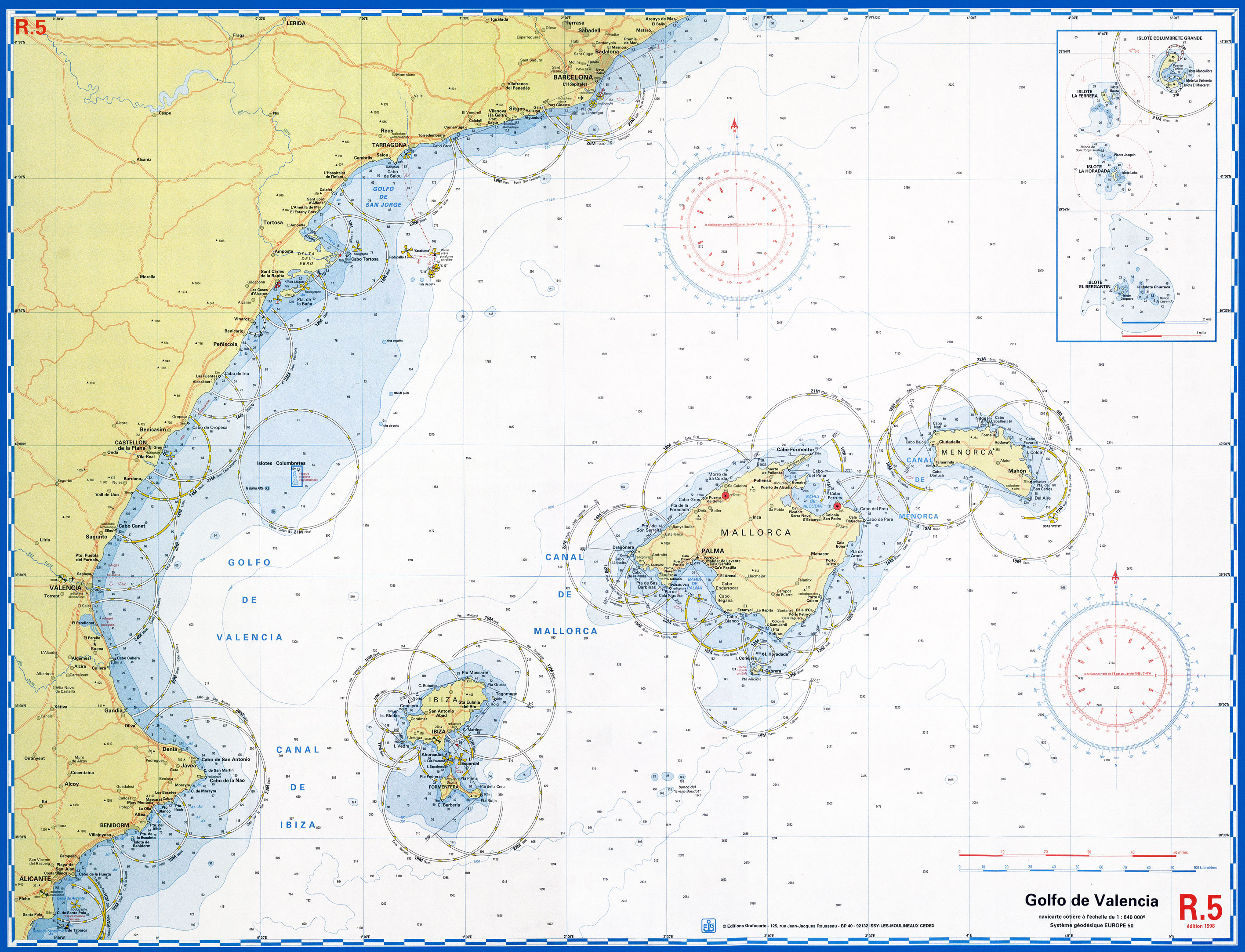
As we say is very important to position in a letter to this two coordinates, latitude and longitude are used. There are many positions: estimated, GPS, or the true position, to find our position may use such markers compass.
SAILING BASIC MANAGEMENT
The easiest direction to follow is the perpendicular to the wind, this is navigate through.
You have to put the boat perpendicular to the wind, go hunting the mainsheet until the end of the boom protrude slightly through the transom and candles form an angle with the hull of about 45 degrees, if it takes jib, placing the same angle as the greatest.
YACHTING RECKONING
If we move in a known direction and also at a known rate for a while, we can estimate a new position and represent it in a letter. In the reckoning we must take into account the currents, also other deviations that we may know as to optimize our prediction.
For reckoning it is necessary to maintain a course as accurately as possible, and measure the speed is done in each section.
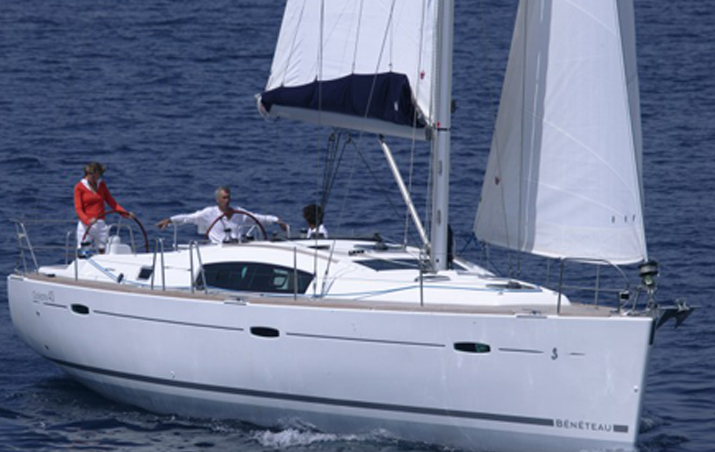
Electronic Navigational
We can know our navigation data accurately through electronic devices, GPS, Chart-plotter, radar, loran, transponders and depth gauges.
In the event that we fail to modern devices; by the stars and the sun we can guide us and know our position at sea.
ON THE ANCHOR
In nautical anchor action it is to tie the boat to the seabed by a rope or chain either using an anchor or dead. A mooring buoy with dead and is a permanent device that allows anchoring boats safely.
The elements that compose it are:
The dead, great weight element made of reinforced concrete supported on the bottom where the anchor line states.
The mooring line.
The buoy floating object that provides access to the mooring line.
The mooring line.
The connecting elements: shackles and swivel, these are usually located in a safe place to anchor, which is called anchorage. Retention capacity is proportional to the weight of the dead regardless of the type of bed, and depends on the friction produced with the background, when the dead is half buried, the suction effect increases their holding power.
ANCHOR WITH WIND
In these cases it is necessary to take out that will add to the chain meter anchor line. Cape is suitably nylon is very durable and also acts as a spring for its flexibility. This bending allows the absorption energy due to gusts and so frequent blows of the waves in a storm.
We should not use less than five to six times the depth in the length of the total mooring line, flex nylon eliminate power surges in the bottom of the chain, which helps it to avoid anchor drag, to despite the sudden impulses transmitted by a blow wave or gust of wind.
ANCHOR BOAT
An anchor or anchor is a nautical captive moving object that allows a boat grip fix its position in the sea without having to worry about the current, against the force of the tide.
The anchor mooring usually consists of two or more hooks that are responsible for it clings to the seabed, preventing the ship can be dragged adrift. Small boats have only one, which is attached to the boat by a rope or chain, depending on the length and current regulations.
Larger vessels usually have three, one in the stern and two in the bow, hooked by chains.

THE BOAT AND THE BAD WEATHER
We must reduce sail area order not to endanger the stability of the vessel due to the intensity of the wind.
Jib roll up part of the forestay, or put a smaller headsail.
the surface of the largest folding of the sail on the boom is reduced; It is what is called reefing. If weather conditions are very bad, one option is to hove, thus the ship will be standing on the sea and relatively safe, we must face the wind, this will push slowly, so you have to see that we have no nearby land downwind.

NAVIGATION NIGHT
It is desirable that the first night trips are made by known places, this will help them to start learning to interpret distances. nautical charts for which will navigate carefully study must identify highlights.
We still inside the ship will be with the light we have, well, we must bear in mind that when we go outside our view take a few fifteen minutes to adjust to night vision, so it is advisable to use red light for no completely lose that sensitivity to low light. Have a flashlight with a red colored light we can be very useful at times.
Falling asleep at night on the boat can be very dangerous, we must organize well the guards.
It is very important to use lifelines and harnesses overnight, especially traveling alone or with a partner.

MARINE NAVIGATION LIGHTS
Are those installed on board any type of vessel in order to alert other ships in the area of their presence, reporting capabilities maneuver forward direction and special features for based on a correct identification facilitate maneuvers designed to avoid collisions.
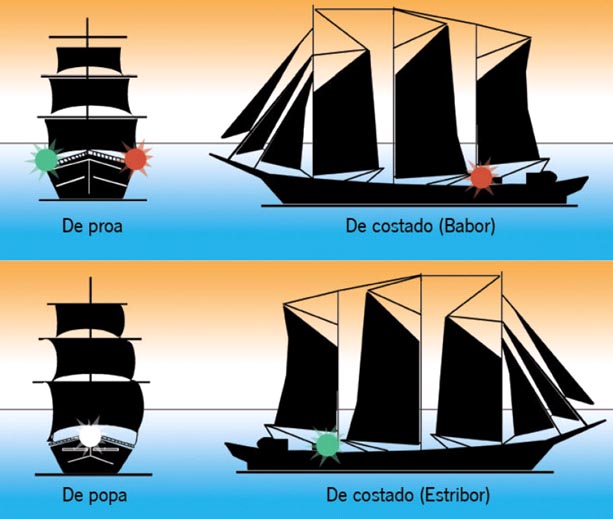
Colors and scope of these lights
- Forward masthead light aft, is white with an optical range of six miles, 225 ° arc of visibility
Band light (port) is red, with an optical range of three miles visibility arc of 112.5 °
Light band (starboard) is green with an optical range of three miles, arc visibility 112.5 °
Sternlight, it is white, with an optical range of three miles visibility arc of 135 °
Towing light is yellow, with an optical range of three miles visibility arc of 135 °
Allround, is white, red color, and green with an optical range of three miles visibility arc of 360 °
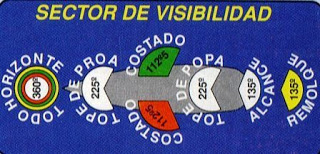
papillon chárter
Go ahead and rent your boat with us, do not hesitate to contact, we are at your disposal to inform and boat fare you prefer.
wwwpapilloncharter.com
info@papilloncharter.com telf. +34 615 629 706 telf. +34 637 843 892
Fuentes:
experienciasdematematicas.blogspot.com
meetup.com
nauticexpo.es
sheratonvallarta.wordpress.com
blogspot.com
disfrutamediterraneo.com
minube.com





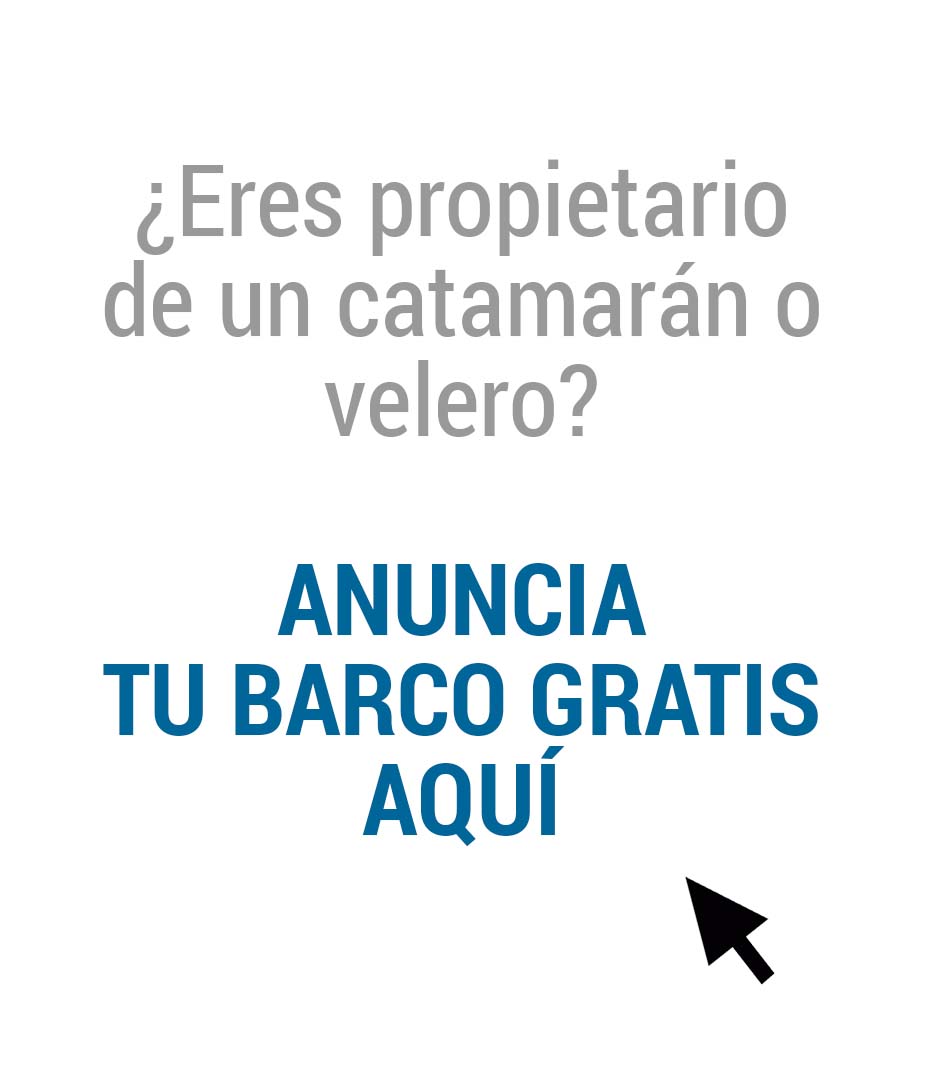
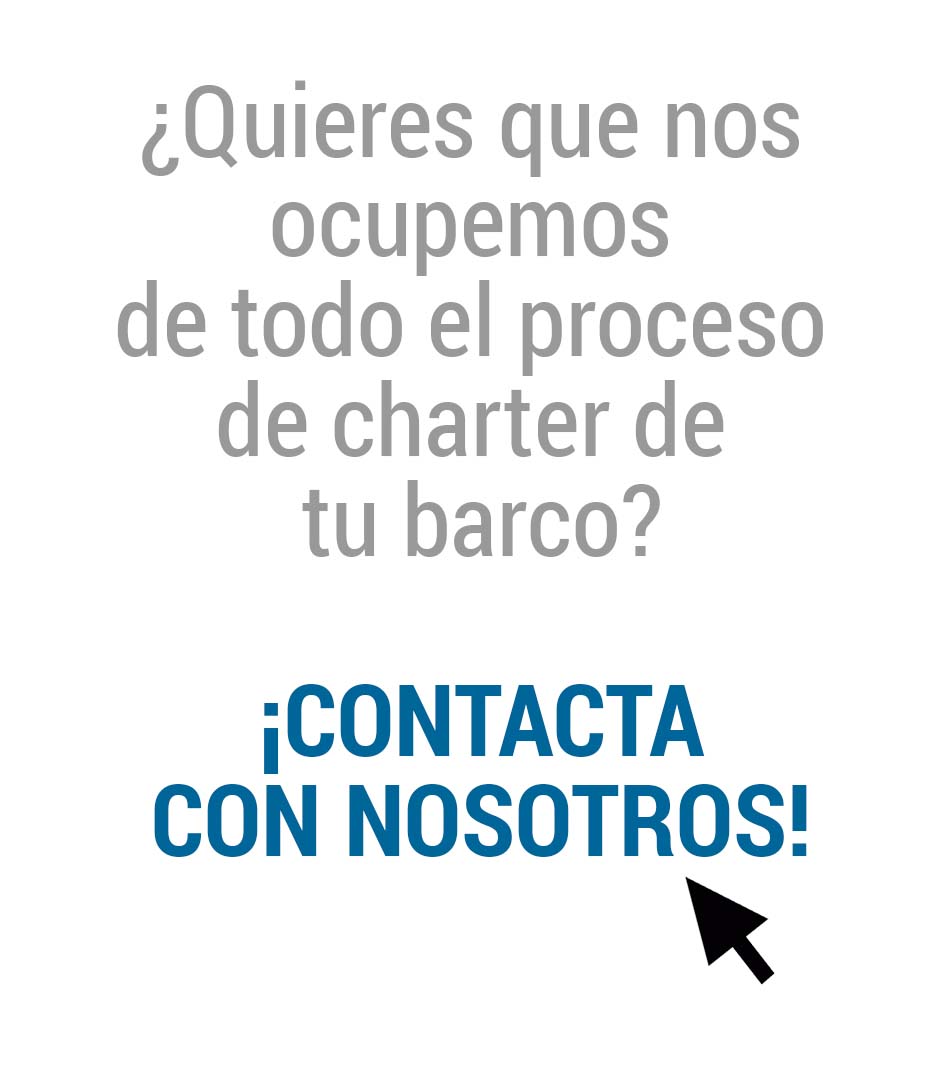
Gracias por compartir este post tan interesante!!!